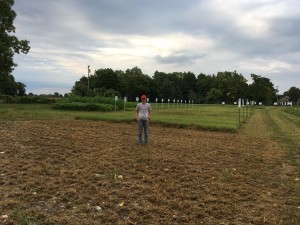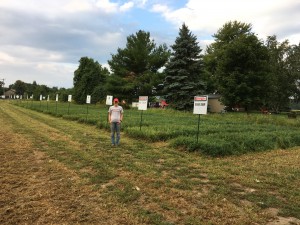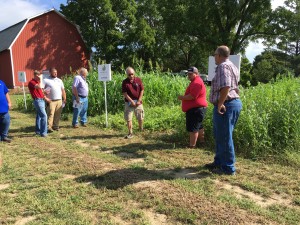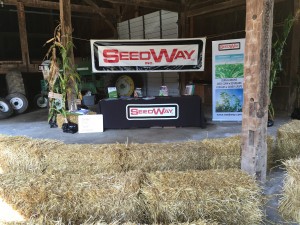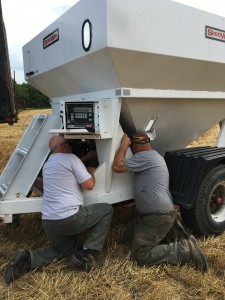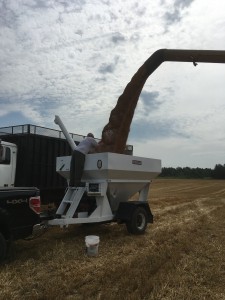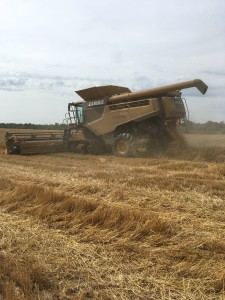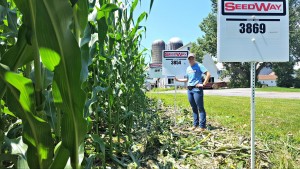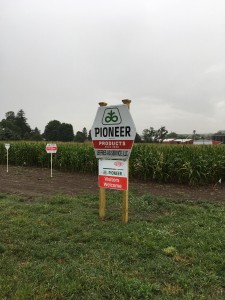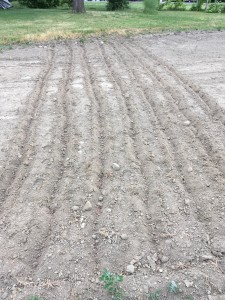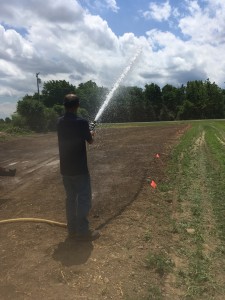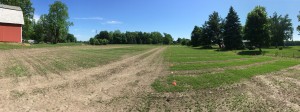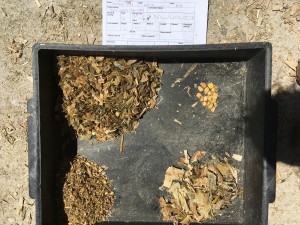I spent weeks watering and tending to my forage plot in Hall, NY. With minimal rains, on the edge of a drought, the crops looked weak with no sign of growth. I left my plot in the best shape I could when I headed back to school, and on September 10th, I returned to see that the sparing rain had miraculously helped the cover crops prosper and the alfalfa to regenerate.
On September 9th and 10th, I was invited back to the Annual Seedway Kick-off meeting held in Geneva, NY. The evening of the 9th, we held a reception for all of the district sales managers and their dealers beneath them. A night of meeting new growers I never had to chance to connect with, and catching up with those I did spend time working with was a great experience. Both Seedway and CHR Hansen had tables set up displaying their new products for the upcoming year and enhancements made in their old products and literature.
The morning of the 10th, we had a plot day at the Hall, NY forage plot I maintained during my internship. We had three different stations, each spending an hour talking about the outlook for that crop in the upcoming year. The forages and cover crops were my showcase. Explaining the numerous hours spent and gallons of water used to try to make the plot look as well as it did for the conditions it faced. I was able to tag along with a group and listen to the pitches about the corn and the soybean plots as well. When he came to the CHR Hansen tent, I was able to pitch in and help my boss describe the products and when to use them.
Overall, the kick-off meeting was a good ending to my internship. Being able to see just how far my plot had come since the beginning and being able to connect with many growers and sellers, I was extremely grateful to have the opportunity to intern with such a welcoming company and community.

